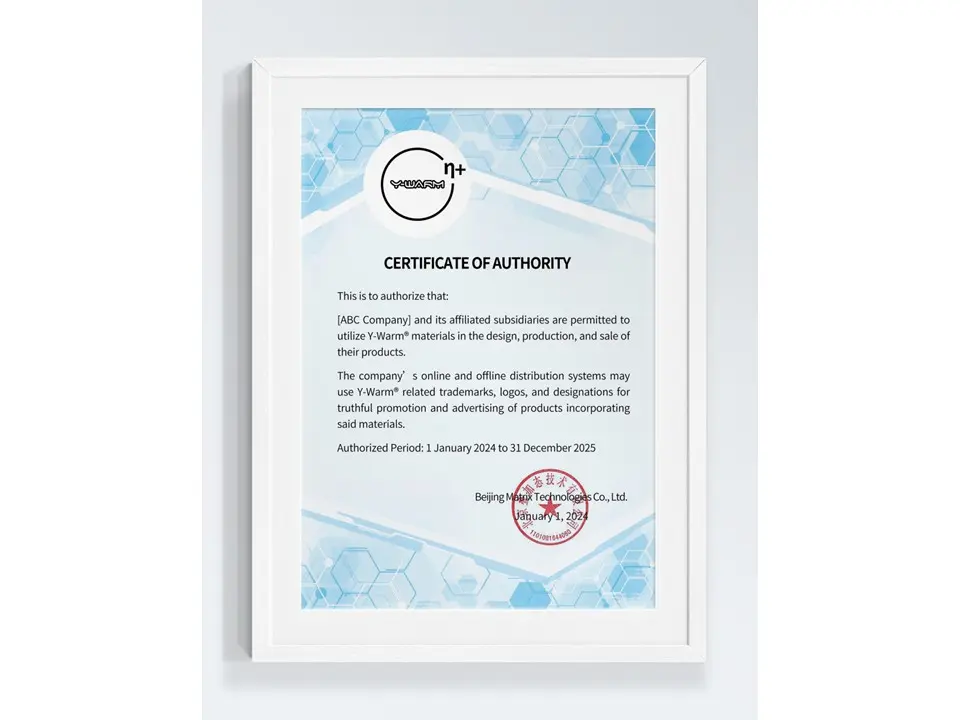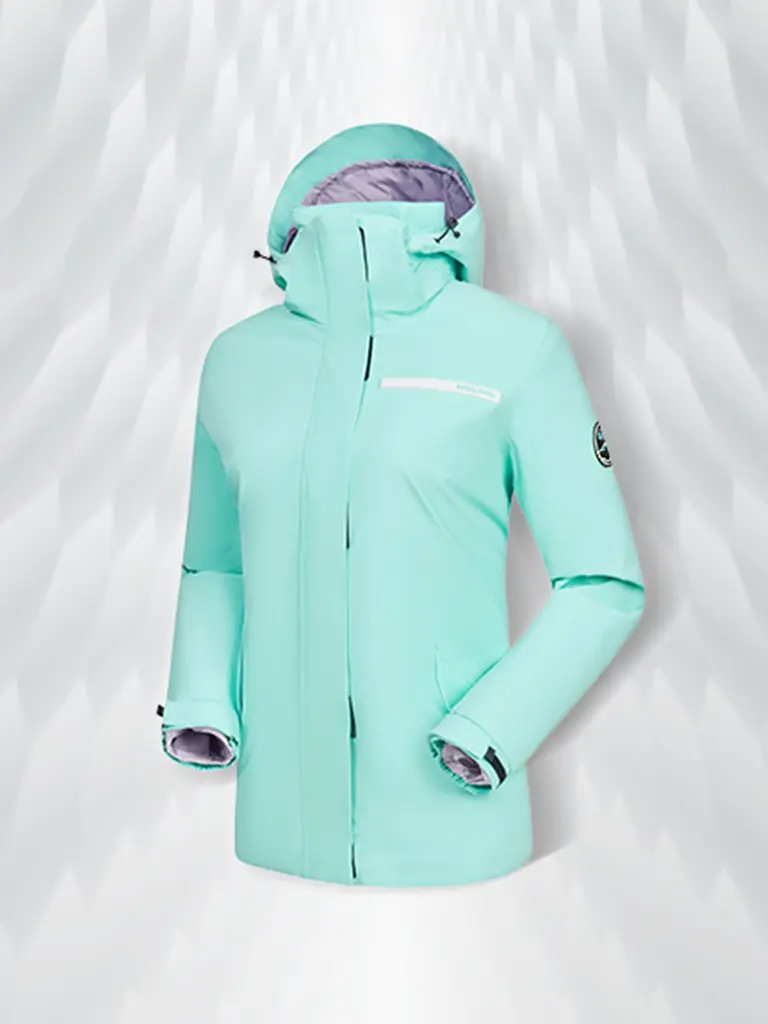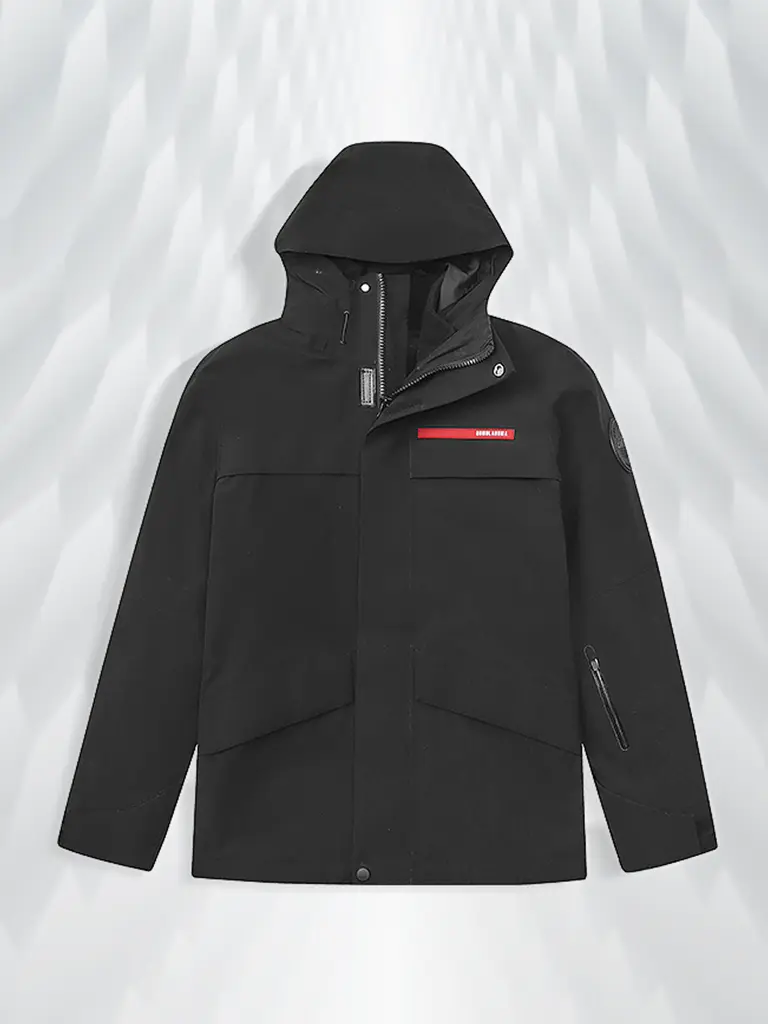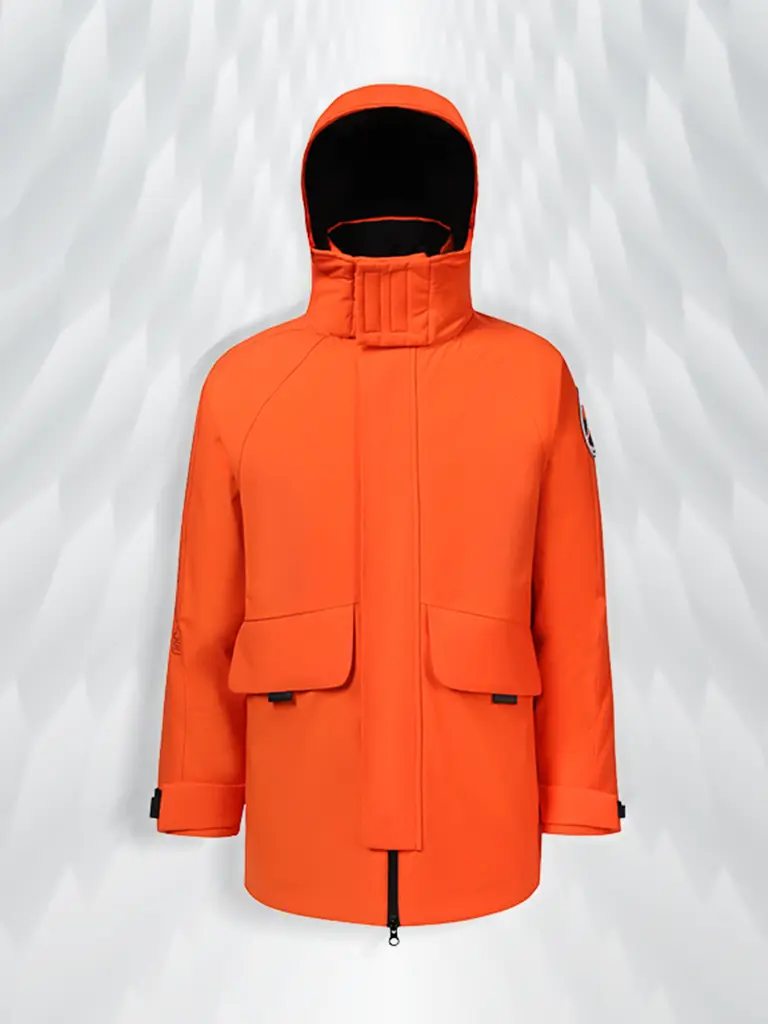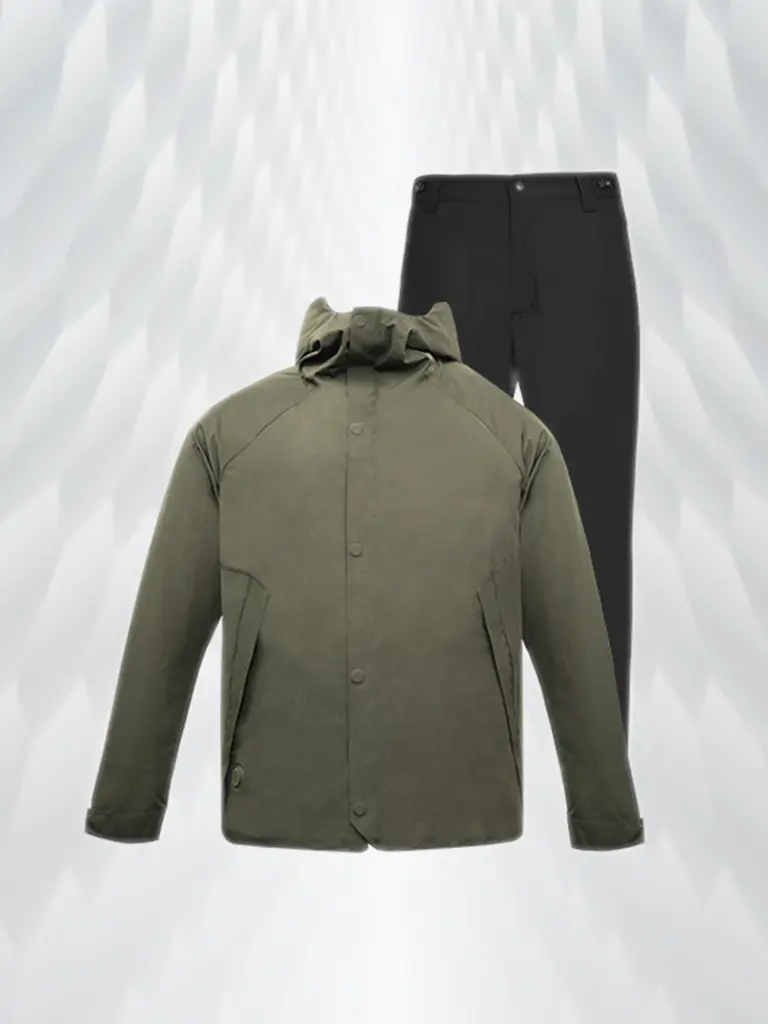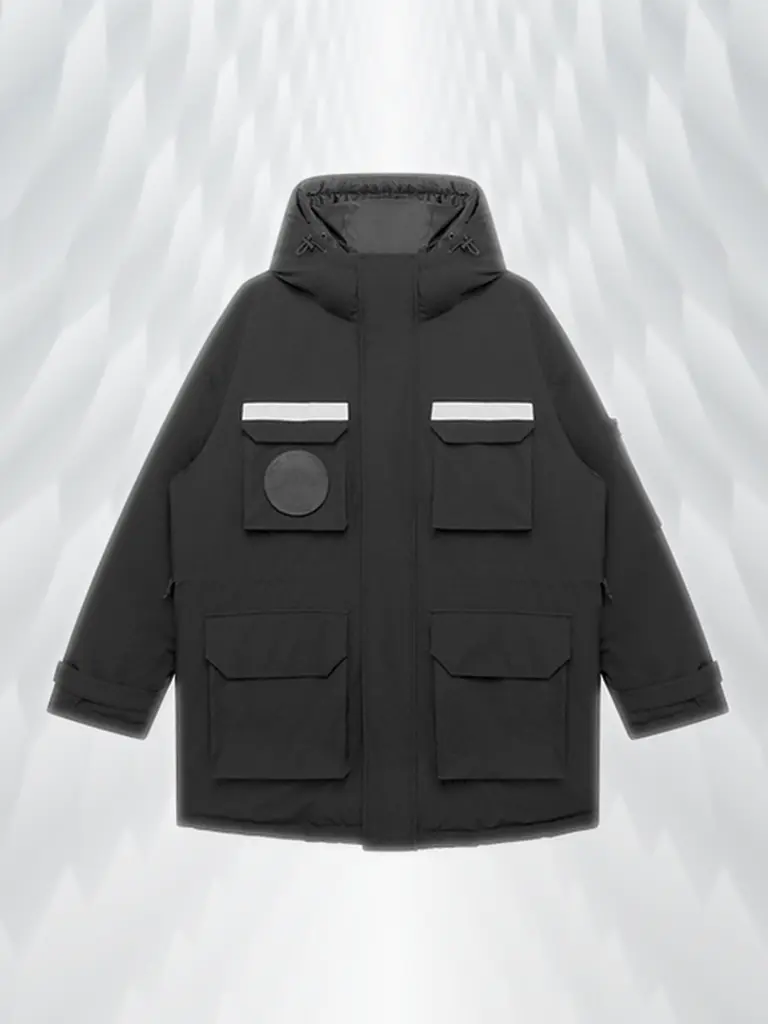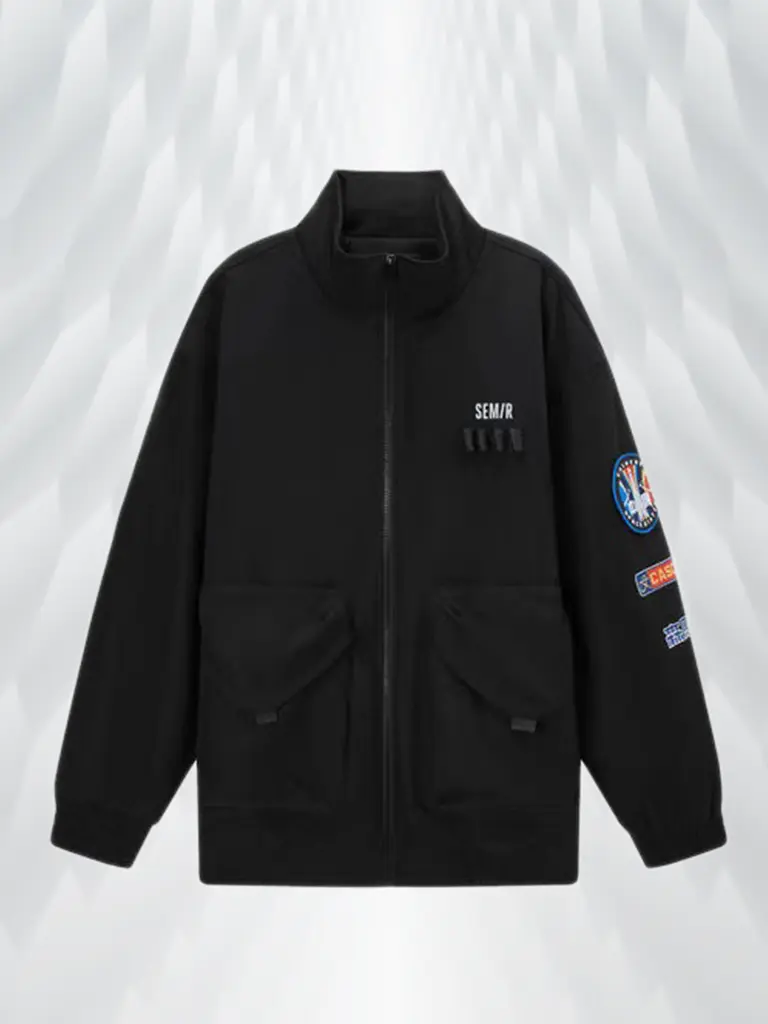Lightness over Heaviness
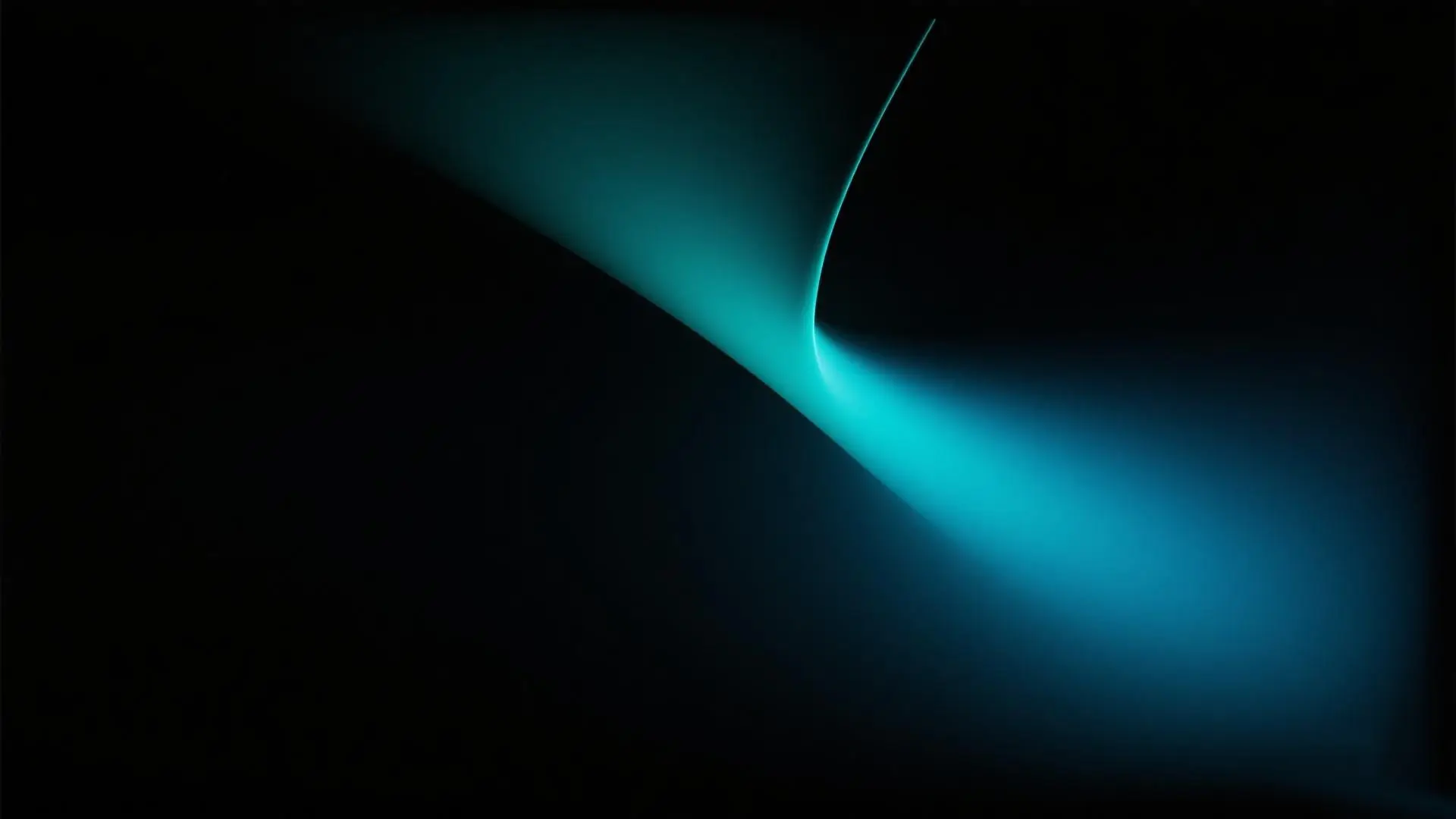
Extremely warm experience
One layer of YW-01 with 0.7mm thickness provides approximately 10°C thermal insulation effect.
For cold insulation
Filled between the fabric and lining, it acts as a cold insulation and thermal preservation layer for clothing.
Outside Y-warm layer, the inward conduction of cold air is slowed down;
Inside Y-warm layer, heat loss from the human body is reduced.
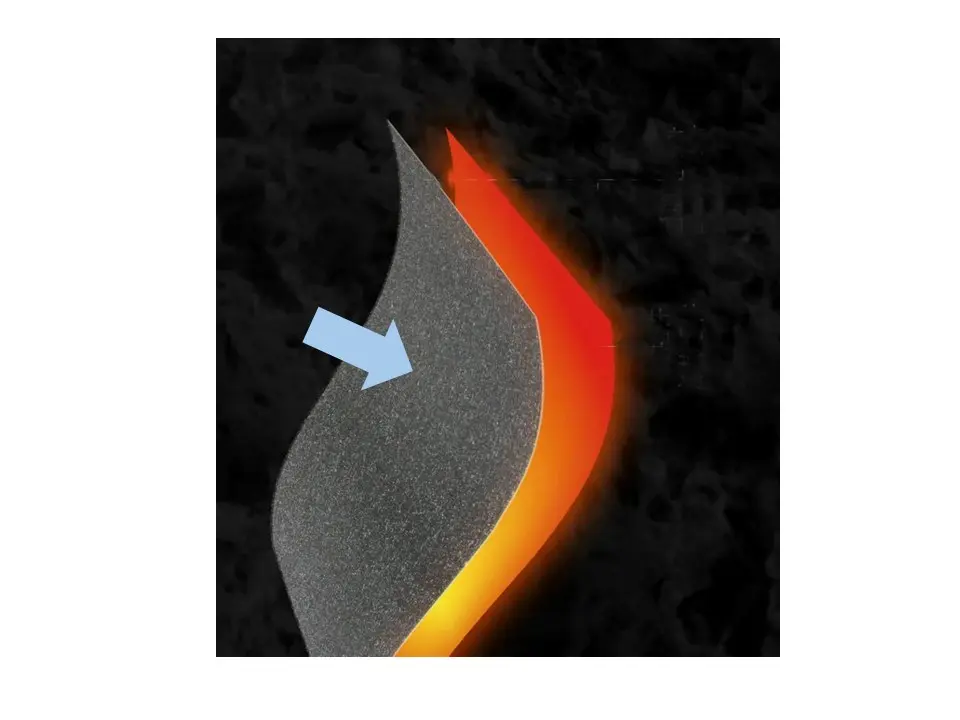
Filling patterns
1、Apparel: fabric + Y-Warm + Lining
2、Apparel: fabric + 1 layer of Y-Warm + fluffy material + Lining
3、Apparel: fabric + 2 layers of Y-Warm + fluffy material + Lining
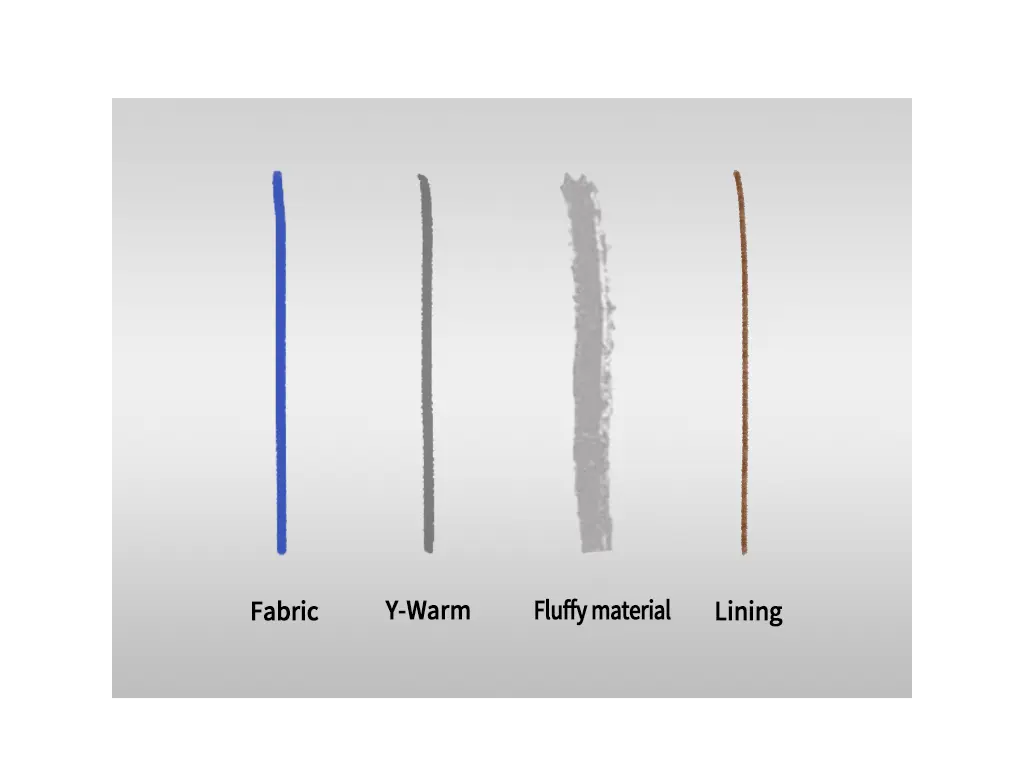
Case (1)
Filled with 1 layer of YW-01 at 0.7mm thickness, suitable for use in environments above approximately 8°C.
Manufacturing Method:
Sew Y-Warm together with the lining, then fill it between the fabric and the lining.
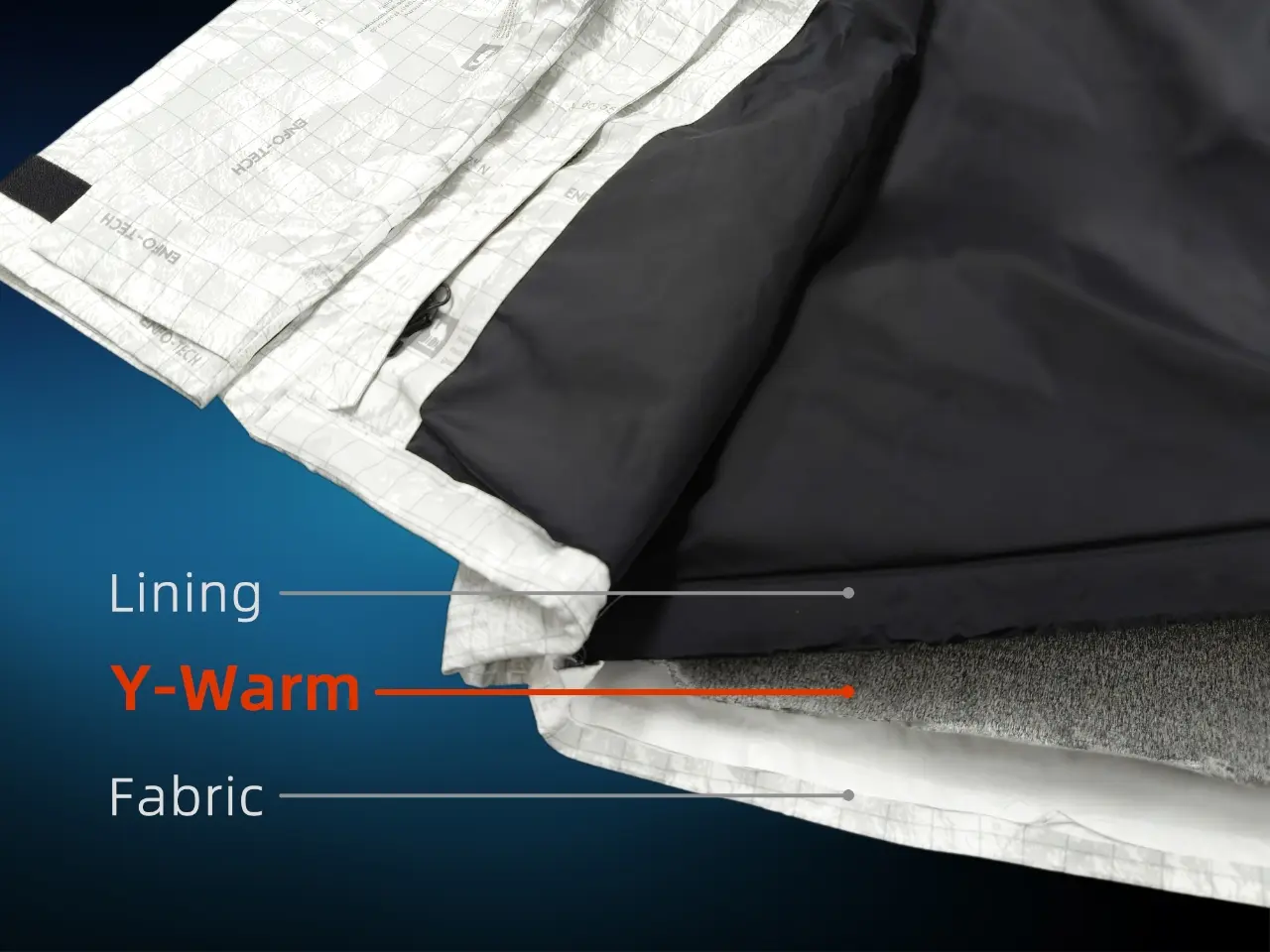
Case (2)
Y-Warm for cold insulation.
Using down or synthetic fiber cotton to store heat creates a additive effect, achieving a 1+1>2 effect.
Manufacturing Method:
Step 1: Quilt the fluffy material with the lining.
Step 2: Sew Y-Warm around the back of the fluffy material.
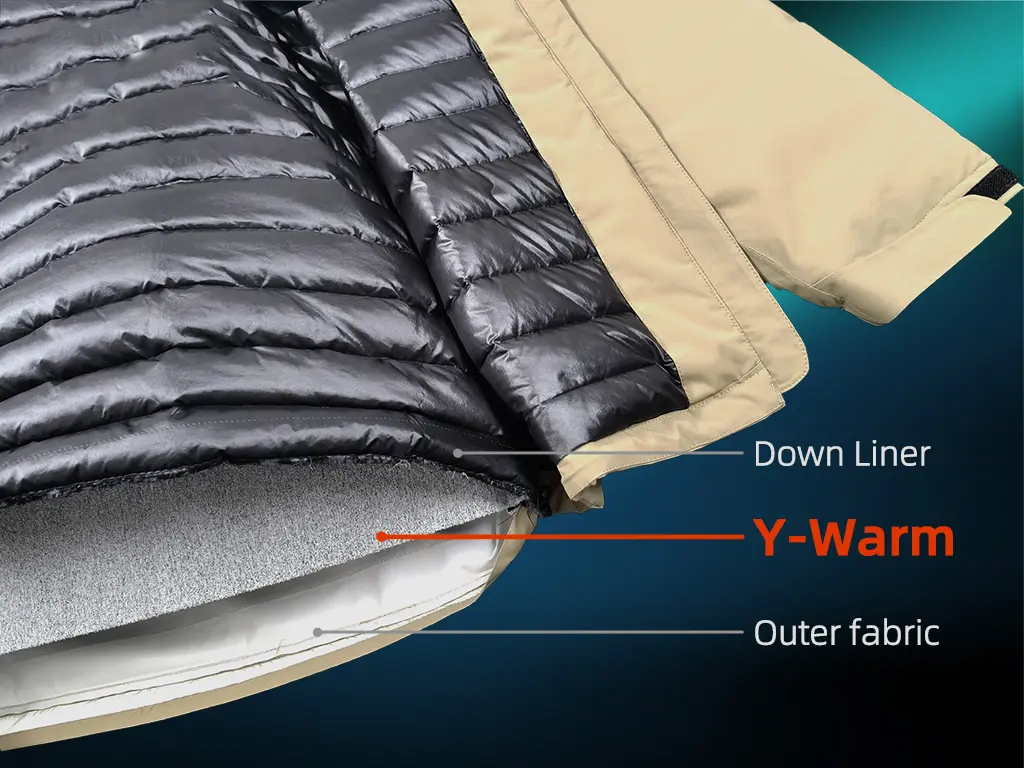
Precautions
1. Avoid hot pressing
After hot pressing, the porous material cannot rebound, which would influence the performance in thermal insulation.
2. Large piece splicing.
Dense quilting makes the finished garment feel stiff.

Bias cut & Elasticity
Bias cut can make Y-Warm more elastic.
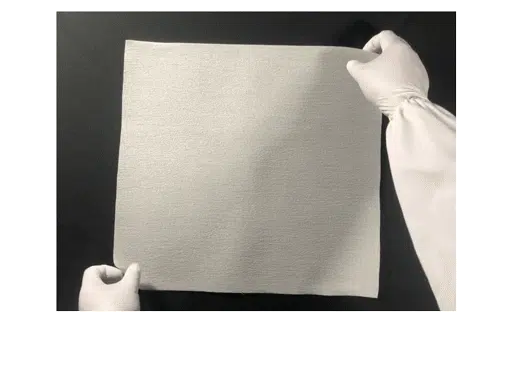
Rolled Form
Length:50 m/roll
Width:150 cm
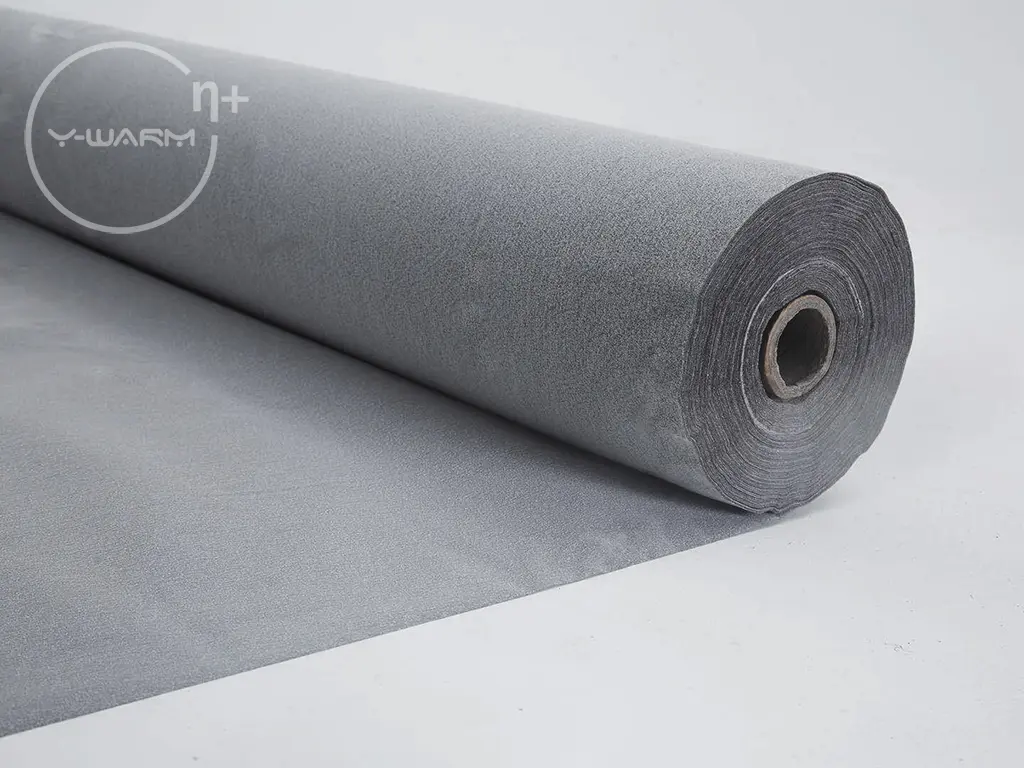
Tag
Label the product with the “Technology” attribute.
Tag size is 75mm*118mm
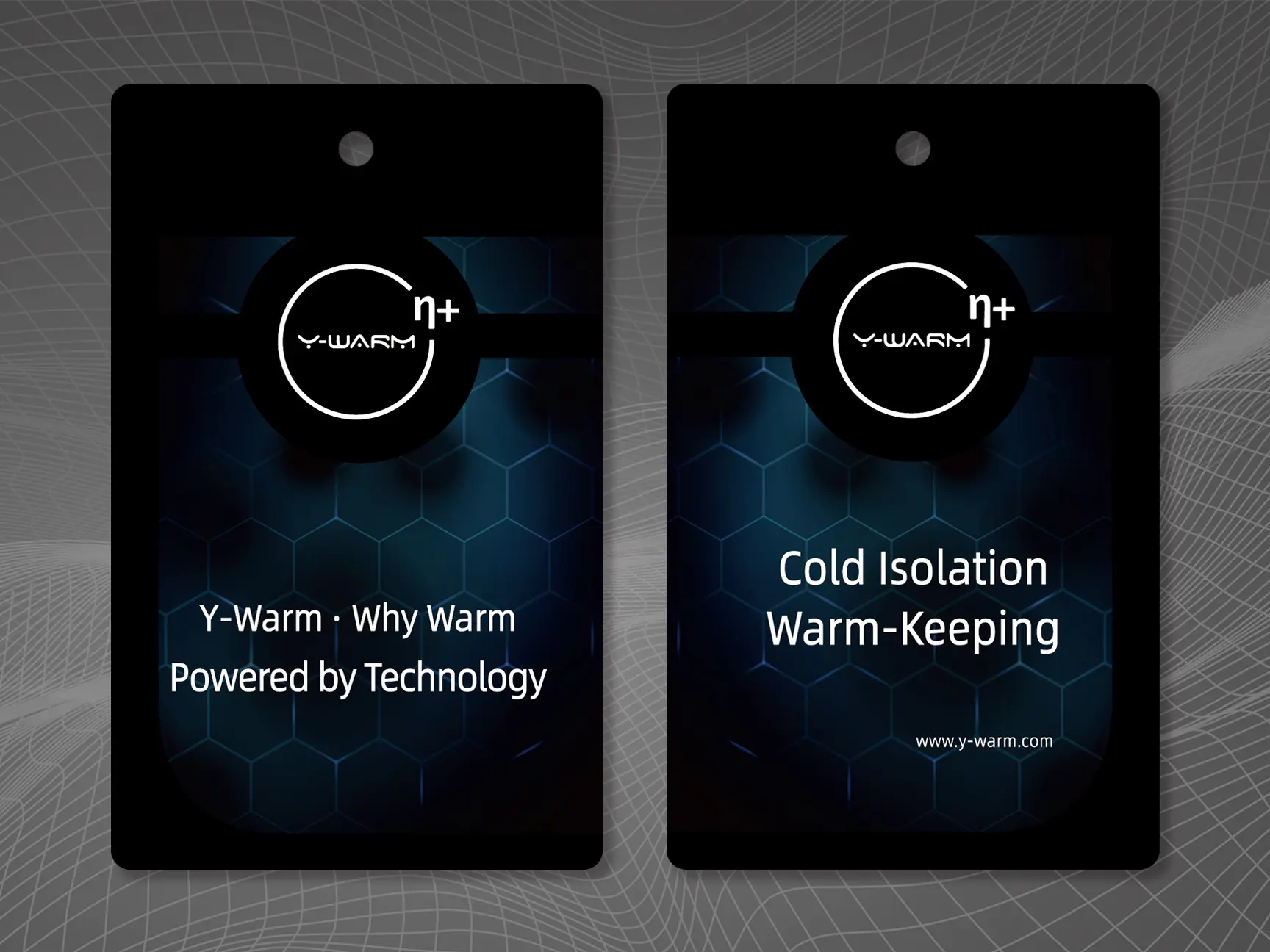
Sample package
Display the form of "technology".
The outer packaging is made of TPU material with a soft handfeel.
Diagonal specification: 85mm*92mm.
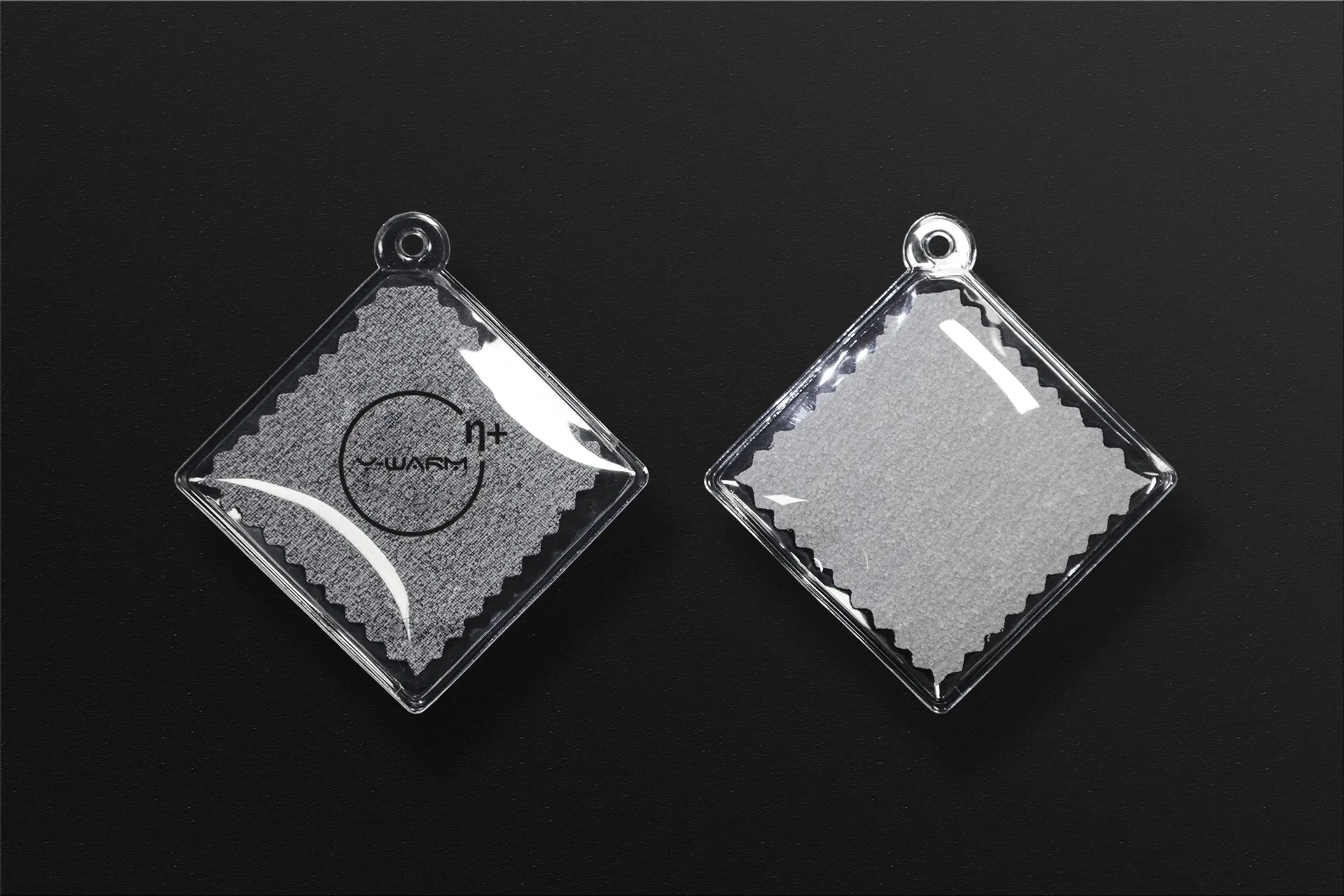
Woven Label
Label the product as made with technological materials.
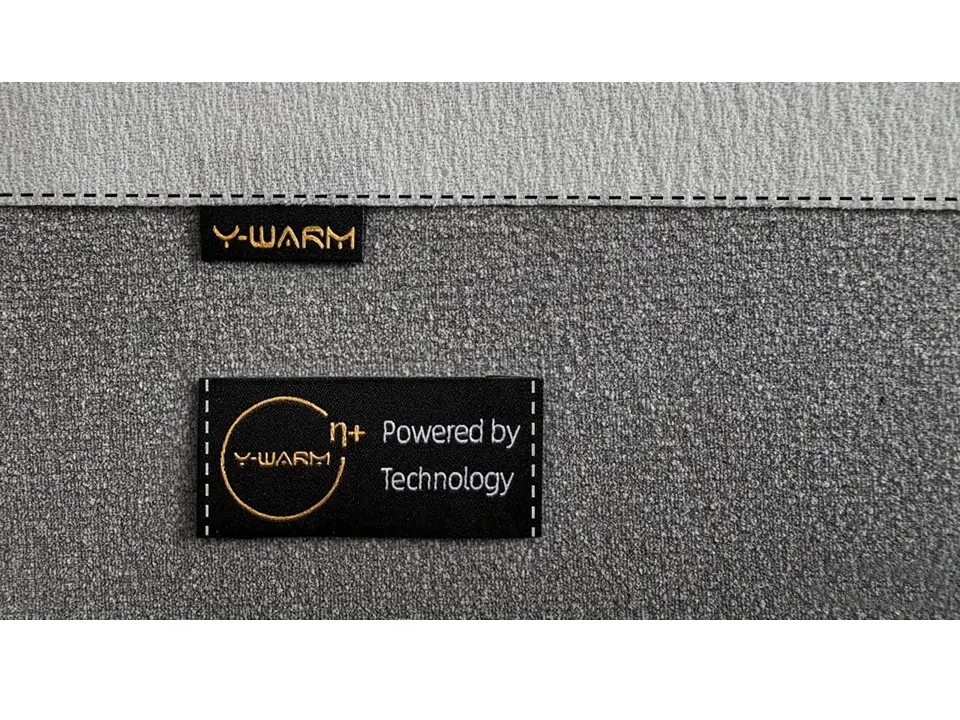
Authorization Letter
Patented Innovations® - Legally Protected.
